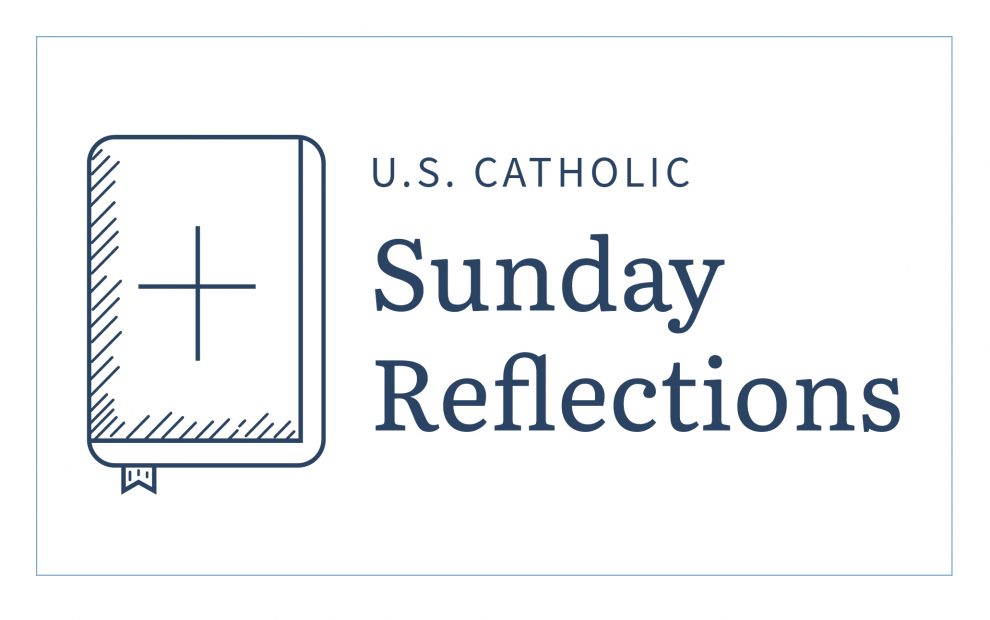Readings (Year B):
Acts 4:32 – 35
Psalms 118:2 – 4, 13 – 15, 22 – 24
1 John 5:1 – 6
John 20:19 – 31
Reflection: Bodies scarred and sacred
Last Sunday was Trans Day of Visibility, which falls every year on March 31. This was the second time, however, that it fell on Easter Sunday; the first was in 2013. When President Biden officially recognized Trans Day of Visibility this past Sunday, he faced vitriolic criticism from far-right republicans as well as former President Trump. Easter Sunday falls on different dates every year depending on the liturgical calendar, however. Arguing against celebrating a day of LGBTQ+ acceptance because it falls on a Christian holiday is an act of religious and political privilege.
Today, on Divine Mercy Sunday, I argue that the readings and gospel do, in one way, affirm the views of these critics: the timing is significant. It is significant because the overlap affirms how LGBTQ+ individuals, especially trans, nonbinary, and genderqueer Catholics, reflect the image of the resurrected son of God.
Many far-right Christians criticized Biden, who is a devout Catholic. Caitlyn Jenner, in a post critiquing the president, argued that recognizing Trans Day of Visibility overshadowed the holiest of holy days. From my perspective as a queer woman whose identity and body are both made political, these arguments echoed a familiar conservative trope: the notion that accepting LGBTQ+ peoples threatens American society and Christianity, and that religion and LGBTQ+ identity cannot therefore coexist.
But both of these are untrue. As director of the Queer and Catholic Oral History Project, I know that trans, nonbinary, and queer individuals are valid and important members of the Catholic Church, and for many, today’s gospel reflects how their own bodies are in communion with that of a risen Jesus. In the gospel, Christ invites Thomas and all of us to touch his scars, the signs of a body divine. In recognizing Christ’s scars as evidence of the living God, Christ invites us to glorify in the divinity of trans bodies, queer bodies, nonbinary bodies, which are holy.
As writer and filmmaker Maxwell Kuzma explained in a recent National Catholic Reporter article, “transgender people make visible an internal reality: we experience a deep knowing of ourselves that becomes embodied when we transition. . . . Jesus entered the world through embodiment via the incarnation. Living out his vocation of love led him to death on the cross—not an ending, but rather, through the resurrection, an embodied truth of our eternal souls.”
Thus, in the visibility of the bodies of trans, nonbinary, and genderqueer people—top surgery scars, binders, and needle pricks—the beauty of second puberties is the truth made flesh, the coming of Jesus in blood and water in our second reading. So the overlap of Trans Day of Visibility with Easter Sunday is meaningful for LGBTQ+ Catholics and their lay allies everywhere, who are fighting for the same rights accorded in our first reading.
As Reilly Paige, a genderqueer pastor in New England, shared on Threads this past week: the body of Christ was purposefully scarred and broken to reflect the body of humanity. Paige wrote: “Trans people have special insight into this: the scarring, the wholeness, a journey observed with skepticism and malice. May we all come out of our tombs scarred and sacred, holy and wholly in the Divine image.”











Add comment